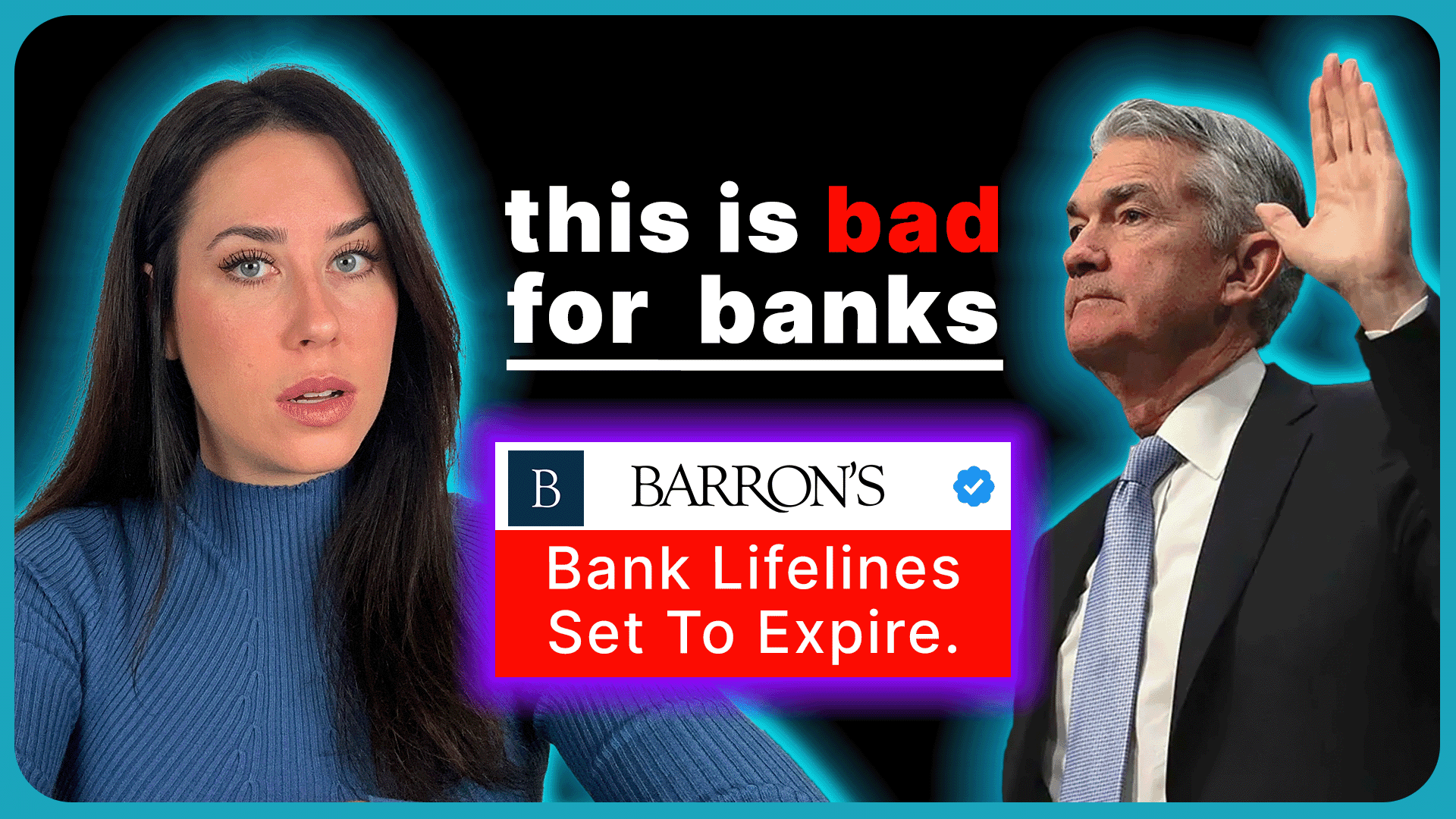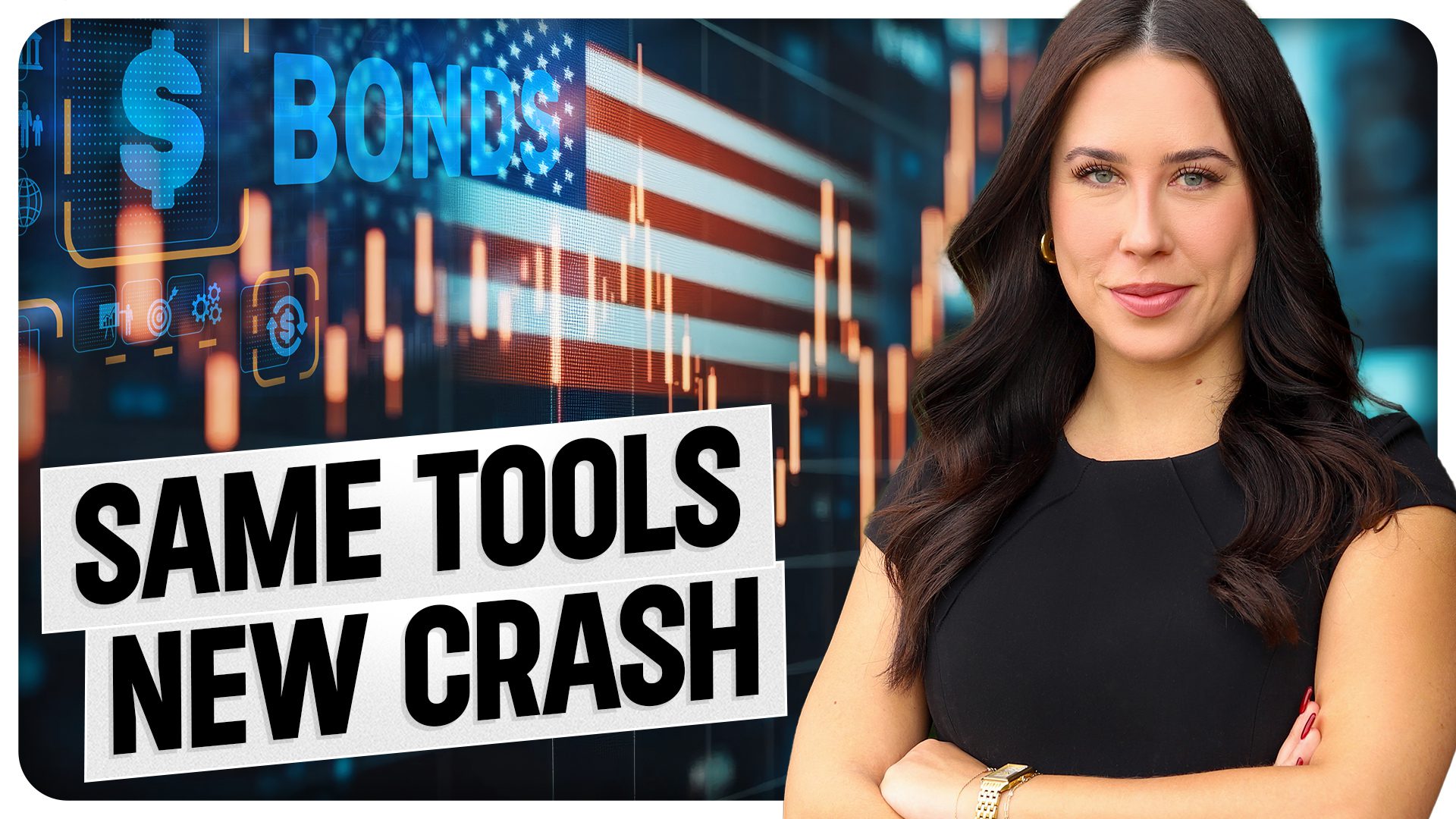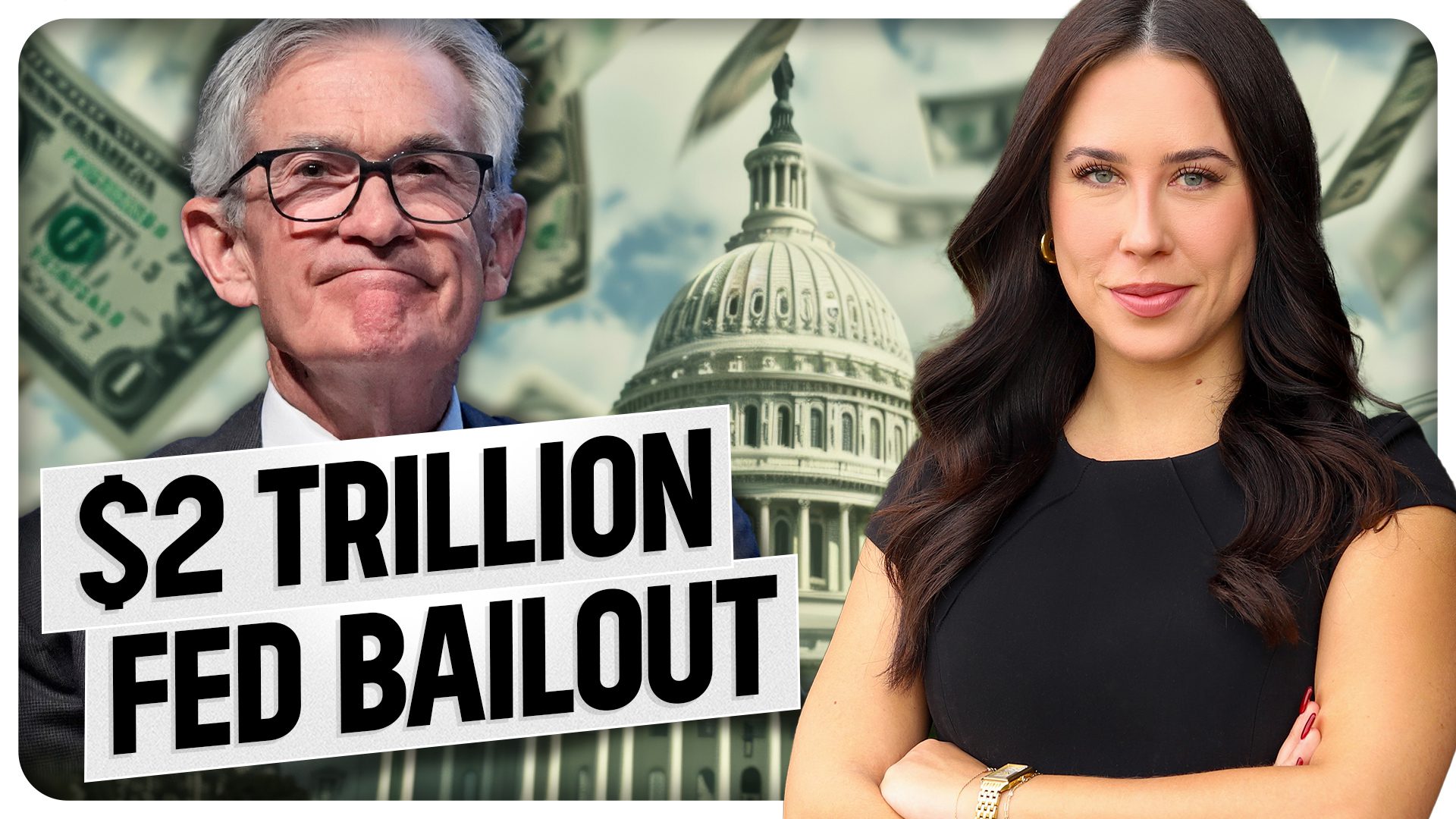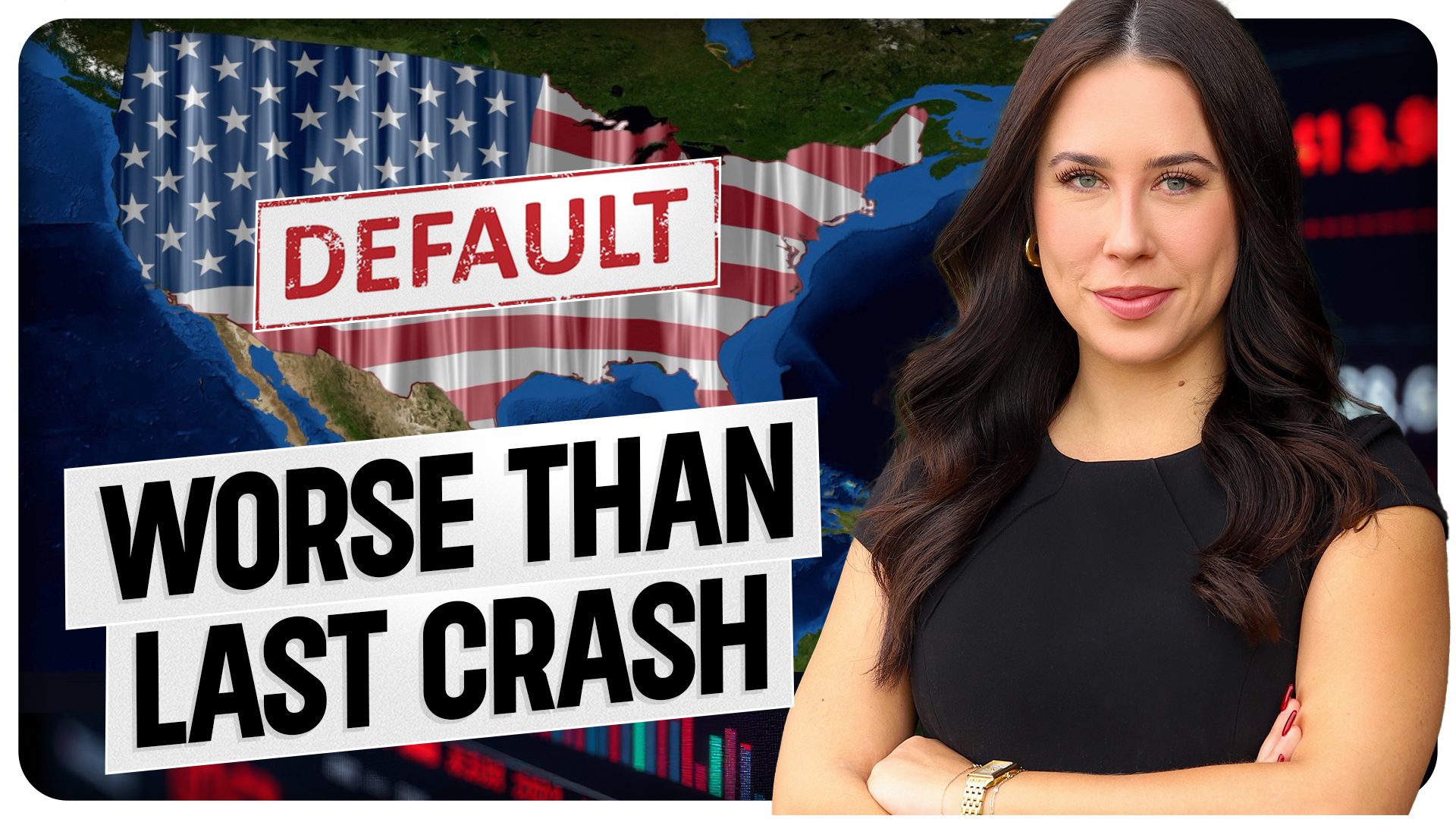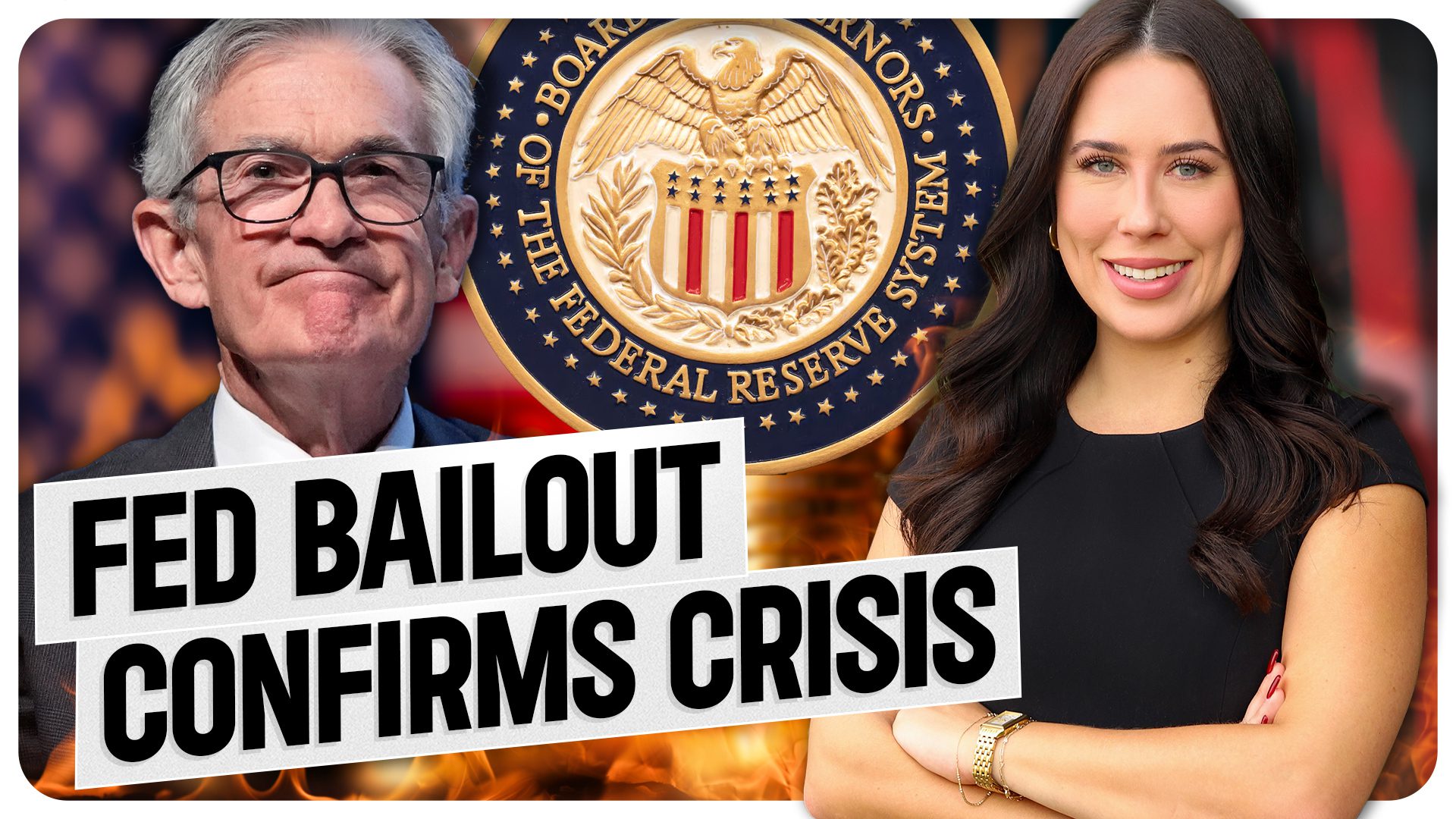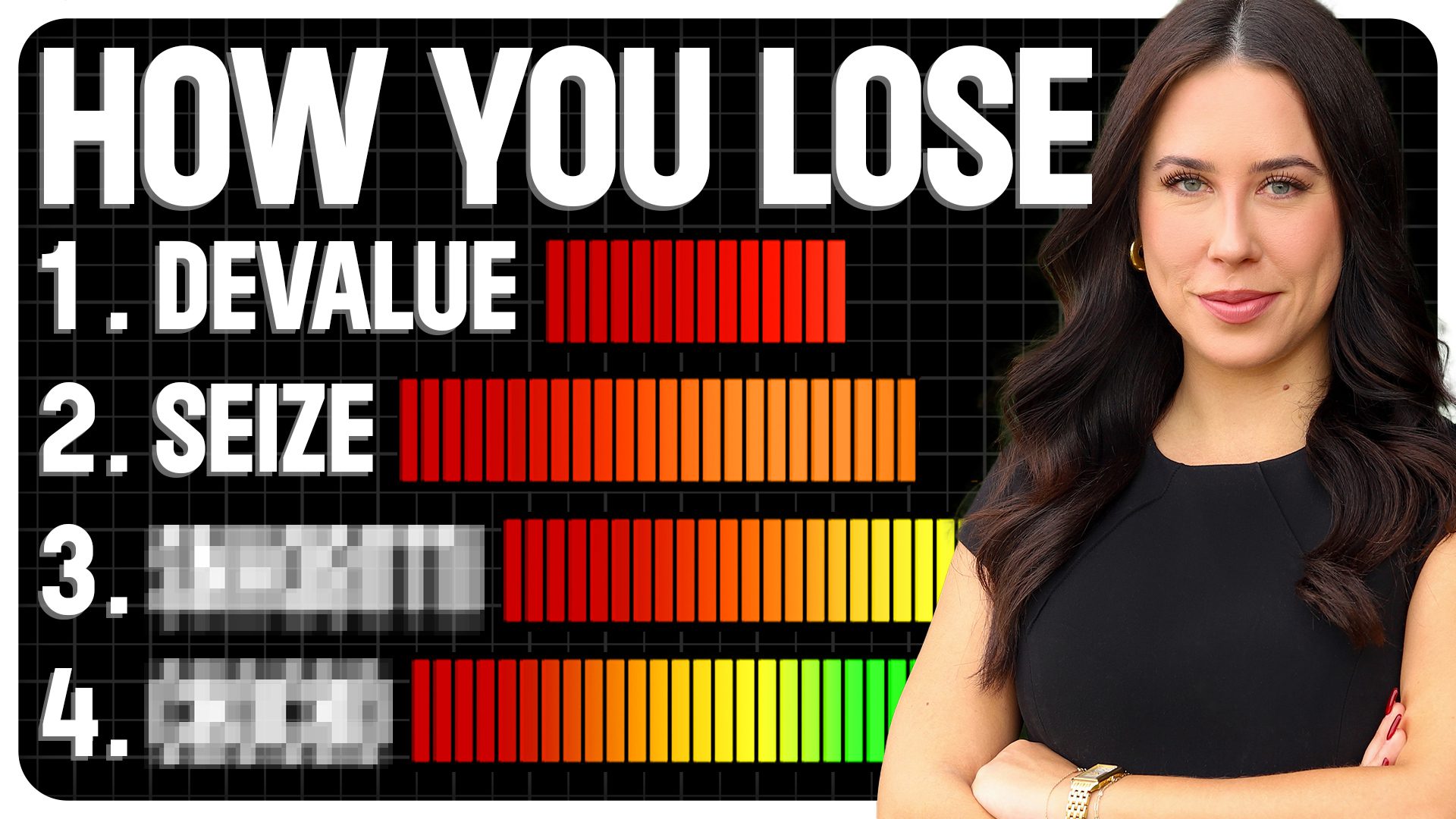An emergency bank bailout program created last year by the Federal Reserve to prevent widespread bank failures is set to abruptly partly end on March 11th. With so many banks relying on this program for much-needed liquidity, the question now is what happens next? In addition to the significant potential for more bank failures, could this also lead to higher borrowing costs and reduced credit, resulting in severe financial distress for American businesses and households? And if so, how would this impact you? We’ll find out together.
I’m Taylor Kenney with ITM Trading and this is Taylor Made Economics. Last March, the Federal Reserve hastily launched the bank term funding program, or BTFP in response to a slew of bank failures. The BTFP allowed banks access to much-needed liquidity without having to tank their balance sheets. Now, on March 11th, when utilization of this program is consistently higher than ever, it will abruptly end. But what has changed in the last year that makes the Federal Reserve so confident that this program can end without serious consequences? They might claim that things have stabilized, but we know that nothing has changed on the balance sheets of these banks, which means that we have to be ready for the ripple effect that this could have on the economy and more specifically, our wallets.
But before I walk you through how this could change the outlook for your financial future, it’s crucial to understand how this bank bailout program has been masking the true vulnerabilities of our banking system in 2022. When interest rates were hit, banks were put under a tremendous amount of pressure as interest rates rose. The value of their existing bond holdings declined, meaning that they were suffering from significant unrealized losses. Unrealized losses, combined with little to no reserves, meant that the minute that depositors withdrew more than usual, banks were forced to sell these assets at a loss, revealing just how little capital they had, triggering classic bank runs.
The U.S. government, the Federal Reserve, and the news all claimed banks that failed last year because of this exact situation were one-offs, flukes. But you and I both know that that’s not true. And the BTFP creation actually proves that because you can’t have it both ways. You can’t claim that these are isolated incidents. But then also rush to create an emergency bank bailout program. You see the banks that failed last year, their financial positions actually represented the majority of banks financial positions across the country. The Federal Reserve knew this, and they realized very quickly that they were about to have a catastrophic problem on their hands. Interest rates weren’t coming down anytime soon. So if banks didn’t have an alternative way to get access to cash fast, then there was a very real potential that they wouldn’t be able to fulfill the depositors’ withdrawal requests.
If that were to happen, they would have to sell their assets at massive losses, which could trigger more bank runs and subsequent bank failures, resulting in a loss of faith in the entire system as a whole. So to mask this reality, the Federal Reserve created the BTFP, and it works like this. Banks and credit unions can borrow from the central bank using their U.S. treasuries and mortgage securities as collateral. But unlike other borrowing options, this allowed banks to value their assets at the original value, not the real market value, which had plummeted. But the original value, which inflated banks’ balance sheets and made them look way healthier than they actually are.
This is once again a classic way that the Federal Reserve is propping up a failing system, pushing out the problem another day. Nothing has been solved. The same issues still exist. Banks are still holding onto these diminishing assets. They’re making risky bets and they’re still allowed to hold next to nothing in reserves. Which brings us to today. It recently came to light that this program has also allowed banks to game the system, not only giving banks liquidity but allowing them ways to actually make money off of these loans because of how the interest rates are set up. This has since been stopped, but it could be one of the reasons why the program is abruptly ending, although not everyone is so convinced. It does make you wonder what is going on over there at the Federal Reserve. Is it incompetence that led to this loophole to allow banks free money? Or was this so-called loophole an abrupt ending? All intentional? What do you think? Accidental moneymaking machine or a clever way to help banks stay afloat without raising any eyebrows or creating concern for the public? I have some suspicions, but I want to hear what you think. Tell me your thoughts in the comments below.
And as part of that, let’s take a look at this chart because I’m curious what you see, where utilization jumps up. That could be banks gaming the system or maybe there’s still a very real need for this liquidity. Maybe it’s both. Either way, we know that the Federal Reserve is claiming that things have stabilized, but clearly banks are still utilizing this program significantly. What we’re looking at today is over a $160 billion worth of loans from this program. As a quick reminder, it only took a $1.8 billion loss to trigger Silicon Valley banks collapse. So what is going to happen when this lifeline is taken away? It is a real possibility that we could start to see a string of bank failures, especially with regional or smaller banks who have so much exposure to commercial real estate loans, about half of which have negative equity. And it’s not even a secret. Jerome Powell himself has said that we’ll probably start to lose some of these smaller banks.
And speaking of commercial real estate, I know many people, myself included, have been wondering when is the other shoe going to drop? But there is a good chance that programs like the BTFP have been papering over what’s going on. This program ending raises more questions and more concerns than we have answers. But let’s focus on the banks that make it through. We know without a doubt that this program ending is going to result in increased borrowing costs for banks and all of those inflated numbers they’ve been using are going to fall back to a real value which has real consequences. Most likely, banks are going to be very risk-averse moving forward. So we could see higher lending rates, less credit available. All of these things that have a ripple effect on the economy that could directly impact you. It means that businesses will have less access to credit that might result in more layoffs, less pay, and more Americans being more underwater than ever.
But before you panic here, I do want to make sure that I’m very clear that while March 11th is the end of this program and there is a lot of urgency around this message, it doesn’t mean that a crisis is going to happen overnight. One of our expert analysts here at ATM, Donna, actually had the perfect analogy for it. She said, what if you lose your job on March 11th? How long before you lose your car, your house, while the end of this program might be a pivotal marker in what’s to come, we might not see the full fallout of this for days, weeks, months ahead. Which is why, if you want to learn more about how this program ending will impact you, I highly recommend that you talk to one of our expert analysts so that they can help you prepare during this important period of time. It’s really easy. Just scan the QR code or click on the link below to set up and schedule. Call directly with one of our analysts.
Now, if you go to the Federal Reserve’s website, they claim that the BTFP was created to help American households and businesses by allowing these depository institutions additional funding to make sure that we can assure that they will meet the needs of their depositors. Now, this could be interpreted in a number of ways, but the way I read it is that maybe we’re finally hinting around the fact that banks are hanging on by a thread and that the FDIC, the people who are supposed to protect your deposits should anything go wrong, don’t even have a fraction of the amount of cash they would need should a handful of banks fail. The Federal Reserve knows what would happen. Banks would fail. Loss of confidence in the system, widespread panic, and ultimately, millions and millions of Americans left with nothing.
So that’s why the program was created. But now it’s abruptly ending. No matter what comes next, we know it’s not going to be pretty. I promise I will be keeping a close eye on things, watching as things unfold. But in the meantime, if you’d like to continue to educate yourself and learn more, again, I highly recommend that you talk to one of our expert analysts. Scan the QR code or click the county link below. As I’ve said before, we are all in this together. You are not alone. I so appreciate you being here today. As always, I’m Taylor Kenney with ITM Trading. Until next time.
